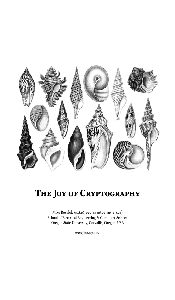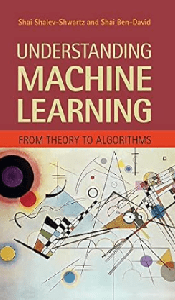This textbook by Peterson and Davie serves as a comprehensive guide to fundamental computer networking concepts, algorithms, protocols, and technologies. It uses a layered systems model to provide context for how discrete components interconnect. It begins with an overview of OSI and TCP/IP networking models before thoroughly covering physical transmission media, signals, encodings, error detection, LANs, circuit switching, packet switching, IP, addressing, routing algorithms, dynamic routing protocols, IPv4, IPv6, quality of service, network security, network management, and application layer protocols. Programming exercises and diagrams help materialize complex ideas.
Recommended for:
- Intermediate to advanced readers with a background in computer science, networking, or a related technical field.
- Students, researchers, and professionals who want to gain a deep understanding of computer network technologies, architectures, and protocols.
- Readers interested in the latest developments and trends in computer networking from a systems-level perspective.
- Instructors looking for a comprehensive, open-source textbook to use in their computer networking courses.
You will:
- Develop a comprehensive understanding of the fundamental principles, technologies, and design approaches that underlie modern computer networks.
- Learn about the history, evolution, and current state of the internet and various network architectures.
- Explore key networking concepts such as addressing, routing, congestion control, quality of service, security, and more.
- Gain insights into the systems-level thinking required to design, implement, and troubleshoot complex network systems.
- Engage with interactive exercises, case studies, and examples to reinforce your learning.
- Have the opportunity to contribute to the ongoing development and improvement of the textbook through pull requests and feedback.
- Apply the knowledge gained to real-world networking challenges and projects.
Detailed Overview
The book systematically builds networking knowledge from physical transmission media up through the protocol stack. Early chapters provide in-depth explanations of physical layer technologies and data link concepts. It then explores routing, switching, and IP. Dedicated sections analyze advanced topics such as congestion control, routing protocols, and network security mechanisms. Significant coverage is also given to network management and monitoring. Application layer protocols are examined through message formats and operational behaviors. Case studies showcase real-world architectures. Accompanying examples, exercises, diagrams, and configurations reinforce learning. Its layered examination equips readers with a robust, systems-level understanding of networking principles, algorithms, and protocol implementations suited for both academic and professional contexts.
Citation
Peterson, Larry L., and Bruce S. Davie. Computer Networks: A Systems Approach. Elsevier, 2019. Retrieved from https://github.com/SystemsApproach/book
Licensing
This work is licensed under a Creative Commons Attribution 4.0 International (CC BY 4.0) license. The full text of the license is available at https://creativecommons.org/licenses/by/4.0/.







